Blood vessels are critical to deliver oxygen and nutrients to all of the tissues and organs throughout the body. The blood vessels that vascularize the central nervous system (CNS) possess unique properties, termed the blood–brain barrier, which allow these vessels to tightly regulate the movement of ions, molecules, and cells between the blood and the brain. This precise control of CNS homeostasis allows for proper neuronal function and also protects the neural tissue from toxins and pathogens, and alterations of these barrier properties are an important component of pathology and progression of different neurological diseases. The physiological barrier is coordinated by a series of physical, transport, and metabolic properties possessed by the endothelial cells (ECs) that form the walls of the blood vessels, and these properties are regulated by interactions with different vascular, immune, and neural cells. Understanding how these different cell populations interact to regulate the barrier properties is essential for understanding how the brain functions during health and disease.
Blood vessels convey blood from the heart to each tissue and organ throughout the body, which is essential to deliver oxygen and nutrients to the tissues, remove carbon dioxide and metabolic waste from tissues, convey hormonal signaling among tissues, as well as mediate the interaction of the peripheral immune system with each tissue. The vascular tree is comprised of arteries and arterioles, which deliver blood to the tissues, the capillary bed, which is essential for gas and nutrient exchange within tissues, and venules and veins, which drain blood from tissues. Each segment has different properties depending on where they are in the vascular tree as well as which organ they vascularize. In particular, the microvasculature, made up of the capillaries and postcapillary venules, has different properties to meet the unique requirements of the tissue they vascularize.
There are three main structural classes of capillaries. Continuous non-fenestrated capillaries of the skin and lung are joined together by cellular junctions, have a complete basement membrane (BM), and lack fenestra (pores) in their plasma membrane. Continuous fenestrated vessels of the intestinal villi and endocrine glands have a similar continuous structure but contain diaphragmed fenestra throughout their membrane. Discontinuous capillaries in the liver have large gaps throughout the cell and have an incomplete BM. These classes of capillaries differ greatly in their regulation of movement of solutes between the blood and the tissues, with continuous fenestrated capillaries being the most restrictive, and discontinuous being the least restrictive (Aird 2007a,b).
The blood–brain barrier (BBB) is a term used to describe the unique properties of the microvasculature of the central nervous system (CNS). CNS vessels are continuous non-fenestrated vessels, but also contain a series of additional properties that allow them to tightly regulate the movement of molecules, ions, and cells between the blood and the CNS (Zlokovic 2008; Daneman 2012). This heavily restricting barrier capacity allows BBB ECs to tightly regulate CNS homeostasis, which is critical to allow for proper neuronal function, as well as protect the CNS from toxins, pathogens, inflammation, injury, and disease. The restrictive nature of the BBB provides an obstacle for drug delivery to the CNS, and, thus, major efforts have been made to generate methods to modulate or bypass the BBB for delivery of therapeutics (Larsen et al. 2014). Loss of some, or most, of these barrier properties during neurological diseases including stroke, multiple sclerosis (MS), brain traumas, and neurodegenerative disorders, is a major component of the pathology and progression of these diseases (Zlokovic 2008; Daneman 2012). BBB dysfunction can lead to ion dysregulation, altered signaling homeostasis, as well as the entry of immune cells and molecules into the CNS, processes that lead to neuronal dysfunction and degeneration.

